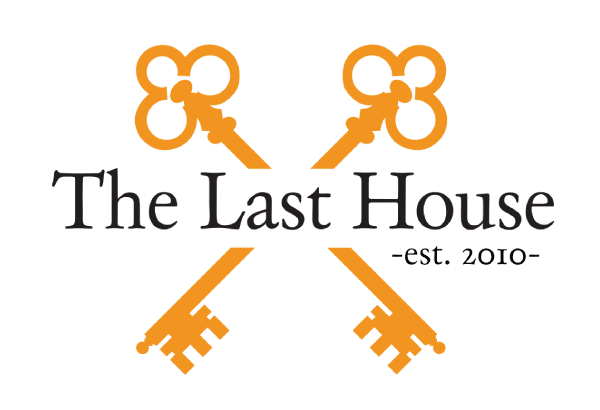
Research and evidence based practices have indicated that Eating Disorders and other Addictive conditions have overlapping similarities. This blog article will discuss Eating Disorders and the similarities between Eating Disorders and Substance Abuse Disorder, as well as treatment methods.
An Eating disorder is a serious and often fatal illness that is characterized by irregular eating habits and deep concern over body weight and shape. Unhealthy eating habits include over eating, under eating/restricting, starvation, over exercise, and purging of food. Common types of Eating Disorders include Anorexia Nervosa, Bulimia Nervosa, and Binge-Eating Disorder. Other Eating Disorders involve Avoidant/Restrictive Food Intake, Night Eating Syndrome, Pica and Rumination Disorder.
Anorexia Nervosa is characterized by weight loss or difficulty maintaining a healthy weight and restrictive dieting/eating with calories or certain foods. Bulimia Nervosa is depicted when someone binge eats and follows that behavior with purging such as vomiting and laxatives. Bing-Eating Disorder is described as periodic episodes of eating large amounts of food and lack of control during the binge. Avoidant/Restrictive is when someone is not able to meet their nutritional needs because of how food groups not eaten. Night Eating Syndrome is when someone eats at least 25% of their nutritional value after dinner. Pica is portrayed as eating substances that have no nutritional value or would not be considered food. Rumination is repeated regurgitation of food for a period of time that lasts at least a month.
Just like Substance Abuse Disorder, Eating Disorders are caused by a number things ranging from biological makeup, genetics, toxic environments, stressful life events, neurological chemical imbalances, and nutritional/hormonal deficiencies. Anyone can become a victim to this illness and usually eating disorders begin to surface in adolescents and young adulthood.
Eating Disorders affect about 30 million people in the U.S. and around 70 million throughout the world. Women tend to be more susceptible to Eating Disorders however men constitute 40% of the population with Binge Eating Disorder.
There are many symptoms and signs that indicate an Eating Disorder and symptoms will vary depending on the type of Eating Disorder. Some of the general symptoms include, food and weight being a primary concern, showing distress if weight goes up or down, a deep fear of being overweight or underweight, appearing uncomfortable eating in front of others, disappearing after eating a meal, hiding body with baggy clothes, having brittle nails and dental problems, and exhibiting extreme mood swings.
According to the DSM, the following must persist:
A persistent disturbance of eating or eating-related behavior that results in the altered consumption or absorption of food and that significantly impairs physical health or psychosocial functioning. The DSM has additional criteria depending on the type of Eating Disorder.

Research suggests that about 50% of persons with an Eating Disorder are also abusing substances. Many times those with Eating Disorders abuse prescription drugs and over the counter medicine like laxatives. Additionally, alcoholism is a common addiction paired with Eating Disorders, mainly because alcohol can be used to trigger regurgitation. Substances can also be used to contribute to the Eating Disorder like methamphetamines that suppress appetite.
Some of the similar characteristics that Eating Disorders and Substance Abuse Disorder share are impulsivity, and lack of control. Research shows that the addictive nature between Eating Disorders and Substance Abuse Disorder are similar. The two illnesses are also linked to similar traumas like sexual assault, emotional abuse, death of a loved one, and sudden life changes.
Substance Abuse Disorder can develop during an Eating Disorder and or before/after. Although there aren’t many, there are treatment centers that cater to the recovery of those with Eating Disorders and Substance Abuse Disorders. Since both of these illnesses are similar in nature and the underlying issues pertaining to both may overlap, it is very important to treat both Eating Disorders and and Substance Abuse Disorders simultaneously and if in an inpatient facility. Successful treatment includes some of these modalities detoxing, taking medication, receiving nutritional counseling, cognitive behavioral therapy, dialectical behavior therapy, intrapersonal therapy and family therapy.
There are many ways to help you and/or a loved one with an Eating Disorder and Substance Abuse Disorder. You can empower yourself and others by staying informed, remaining proactive, and knowing that both of these disorders are treatable. Treatment is out there and recovery is possible!









